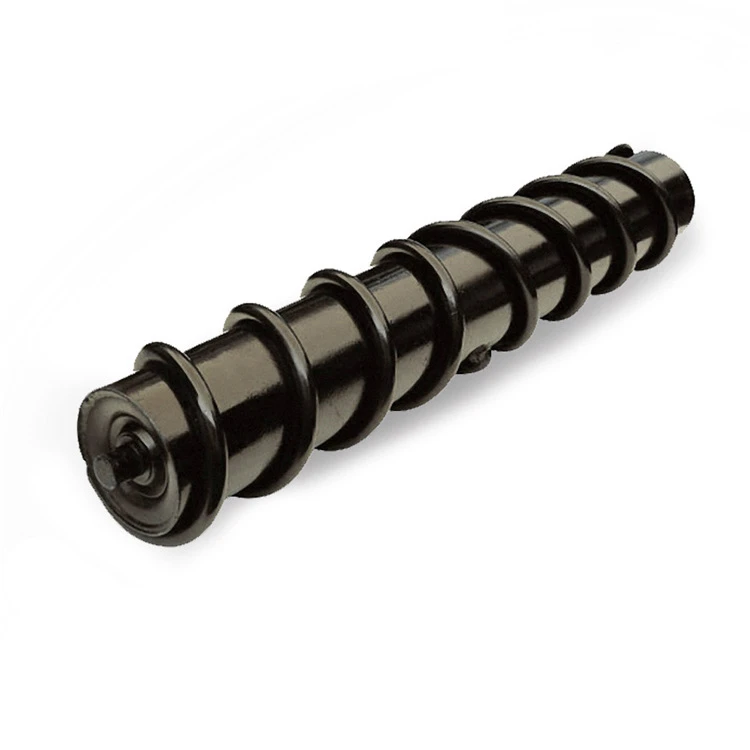 Afrikaans
Afrikaans  Albanian
Albanian  Amharic
Amharic  Arabic
Arabic  Armenian
Armenian  Azerbaijani
Azerbaijani  Basque
Basque  Belarusian
Belarusian  Bengali
Bengali  Bosnian
Bosnian  Bulgarian
Bulgarian  Catalan
Catalan  Cebuano
Cebuano  Corsican
Corsican  Croatian
Croatian  Czech
Czech  Danish
Danish  Dutch
Dutch  English
English  Esperanto
Esperanto  Estonian
Estonian  Finnish
Finnish  French
French  Frisian
Frisian  Galician
Galician  Georgian
Georgian  German
German  Greek
Greek  Gujarati
Gujarati  Haitian Creole
Haitian Creole  hausa
hausa  hawaiian
hawaiian  Hebrew
Hebrew  Hindi
Hindi  Miao
Miao  Hungarian
Hungarian  Icelandic
Icelandic  igbo
igbo  Indonesian
Indonesian  irish
irish  Italian
Italian  Japanese
Japanese  Javanese
Javanese  Kannada
Kannada  kazakh
kazakh  Khmer
Khmer  Rwandese
Rwandese  Korean
Korean  Kurdish
Kurdish  Kyrgyz
Kyrgyz  Lao
Lao  Latin
Latin  Latvian
Latvian  Lithuanian
Lithuanian  Luxembourgish
Luxembourgish  Macedonian
Macedonian  Malgashi
Malgashi  Malay
Malay  Malayalam
Malayalam  Maltese
Maltese  Maori
Maori  Marathi
Marathi  Mongolian
Mongolian  Myanmar
Myanmar  Nepali
Nepali  Norwegian
Norwegian  Norwegian
Norwegian  Occitan
Occitan  Pashto
Pashto  Persian
Persian  Polish
Polish  Portuguese
Portuguese  Punjabi
Punjabi  Romanian
Romanian  Russian
Russian  Samoan
Samoan  Scottish Gaelic
Scottish Gaelic  Serbian
Serbian  Sesotho
Sesotho  Shona
Shona  Sindhi
Sindhi  Sinhala
Sinhala  Slovak
Slovak  Slovenian
Slovenian  Somali
Somali  Spanish
Spanish  Sundanese
Sundanese  Swahili
Swahili  Swedish
Swedish  Tagalog
Tagalog  Tajik
Tajik  Tamil
Tamil  Tatar
Tatar  Telugu
Telugu  Thai
Thai  Turkish
Turkish  Turkmen
Turkmen  Ukrainian
Ukrainian  Urdu
Urdu  Uighur
Uighur  Uzbek
Uzbek  Vietnamese
Vietnamese  Welsh
Welsh  Bantu
Bantu  Yiddish
Yiddish  Yoruba
Yoruba  Zulu
Zulu Components and Accessories for Conveyor Systems and Their Applications
Understanding Conveyor Parts An Essential Guide
Conveyor systems play a crucial role in various industries, including manufacturing, logistics, and warehousing. These systems enhance efficiency by automating the movement of materials, thereby reducing manual labor and improving productivity. However, the effectiveness of a conveyor system relies heavily on its parts. In this article, we will delve into the essential components of conveyor systems, their functions, and their importance in maintaining optimal performance.
1. Conveyor Belt The Heart of the System
The conveyor belt is perhaps the most recognizable part of any conveyor system. Made from a variety of materials such as rubber, plastic, or metal, the conveyor belt serves to transport goods from one point to another. Its design can vary widely, depending on the type of materials being transported and the environment in which the conveyor operates. For instance, specialized belts are designed for handling heavy loads, while others may be equipped with texturing to prevent slippage.
2. Rollers Facilitators of Movement
Rollers are essential for supporting the conveyor belt and facilitating smooth movement. They are strategically placed along the conveyor to minimize friction and enable the belt to glide easily. Rollers come in various types, including idler rollers, which are used to support the belt, and drive rollers, which provide the necessary traction to move the belt. Maintaining the rollers is vital, as worn-out or damaged rollers can lead to belt misalignment and an overall decrease in system efficiency.
3
. Drive Mechanisms Powering the Movementconveyor parts

Every conveyor system requires a drive mechanism, which typically consists of a motor, gear, and drive pulley. The motor provides the power needed to move the conveyor belt, while the gear system controls the speed and direction of the belt. It is critical to select the right motor based on the load and speed requirements of the application. The drive mechanism must be properly maintained to ensure it operates smoothly, as any failure can lead to complete system shutdown.
4. Tensioning Devices Ensuring Proper Belt Tension
To function effectively, conveyor belts need to maintain the right amount of tension. Tensioning devices, which can include take-up units and tensioners, play a vital role in achieving this balance. These devices help prevent slippage and ensure the belt operates at optimal tension throughout its lifecycle. Proper adjustment of these devices is crucial, as insufficient tension can lead to wear, while excessive tension can cause damage to the belt and other components.
5. Sensors and Controls Enhancing Efficiency
Modern conveyor systems often incorporate sensors and control systems that monitor performance and automate operations. Sensors can detect issues such as misalignment, overload, or jams, allowing for timely interventions. Control systems can manage the speed and operation of the conveyor based on real-time data, minimizing downtime and maximizing throughput. Investing in advanced control systems can significantly enhance operational efficiency and reduce maintenance costs.
Conclusion
Understanding the various parts of conveyor systems is essential for anyone involved in the design, maintenance, or operation of these systems. Each component, from the conveyor belt to the drive mechanisms, plays a critical role in ensuring efficient and reliable material handling. By maintaining these parts and integrating modern technology, industries can achieve seamless and effective operations that contribute to overall productivity and profitability. Investing in quality conveyor parts and regular maintenance is not just an operational necessity; it’s a strategic advantage in today’s competitive marketplace.
-
Revolutionizing Conveyor Reliability with Advanced Rubber Lagging PulleysNewsJul.22,2025
-
Powering Precision and Durability with Expert Manufacturers of Conveyor ComponentsNewsJul.22,2025
-
Optimizing Conveyor Systems with Advanced Conveyor AccessoriesNewsJul.22,2025
-
Maximize Conveyor Efficiency with Quality Conveyor Idler PulleysNewsJul.22,2025
-
Future-Proof Your Conveyor System with High-Performance Polyurethane RollerNewsJul.22,2025
-
Driving Efficiency Forward with Quality Idlers and RollersNewsJul.22,2025





























